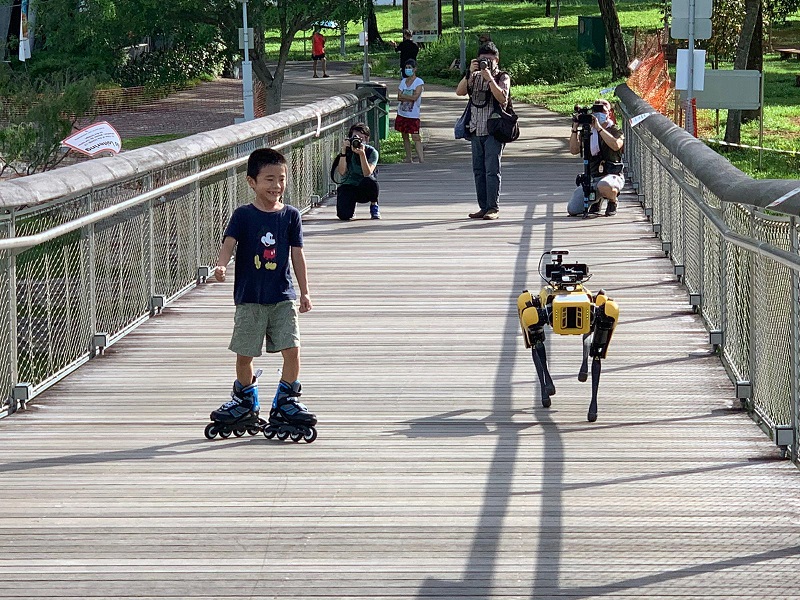Asean One Entity – Smart, Digital and Sustainable Smart Nation Singapore
Improving the life of citizens through connectivity
The countries within the Association of South East Asian Nations (ASEAN) are some of the most dynamic regions in the world. Due to the rapid economic growth in this area, acting in a smart way is a key factor for long-term success. Being the fastest growing internet market in the world, ASEAN’s digital economy is particularly influential. As by-product of their strong economic growth, the region today faces many challenges related to sustainability, such as reduced air and water quality as well as waste management issues. Therefore, sustainable business practices are now progressively being prioritized.
Singapore is a prime example of the economic relevance and strength of this region. In 1965 it gained its independence and started to open their policies as well as their borders and adopted an outward looking economic strategy. This eventually resulted in an increase of imports and exports and therefore, the city-state became an internationally competitive player despite its size.
Smart Singapore
Singapore is a pioneering city which is continuously deploying new technologies in order to improve the quality of life for its citizens. The state’s approach is focusing on a broad scale when it comes to technological innovations, while focusing on its force as a nation.
The Smart Nation initiative was launched by the Government in 2014. The initiative included the purchase of services from technology start-ups, to make that data available on government portals. The goal includes the extension of public transport networks and ensures a secure but open data marketplace. This data can be used for urban and operational planning and maintenance with the introduction of cashless payment options on a large scale.
Singapore’s response to the pandemic
The response to the global pandemic of Singapore is based on the Smart Nation Initiative, which provides an ideal foundation for the measures. On this basis the government was able to develop further targeted concepts to control the spread of the Virus. Furthermore, the State was able to adapt, implement and monitor the changes quick and with almost no complications. This is also felt by it’s citizens like Chrys Francisco Laguitao, Senior UX Designer at Google Singapore, who observed an easy transition at her company to working remotely. “The fast and accessible internet as well as the available digital tools have made this conversion possible with almost no technical difficulties.”
An example of an innovation that is used in Singapore’s biggest public parks are robot dogs. These robot dogs have several distinctive abilities like a sound system to broadcast safety messages to visitors as well as tracking the number of visitors to avoid crowding.

Robot dogs are obviously just one creative solution amongst many in order to keep the virus in check. The most widespread technology amongst the citizens are apps like SafeEntry or TraceTogether, which store data about their users in order to facilitate the tracking process in case of an outbreak. The apps can record or exchange different information’s, from the location, to the duration of the interaction between the users.
The statistics show that the measures are successful. The numbers remained low throughout the pandemic and Singapore is therefore one of the safest cities to live in during the age of this dangerous virus.
The discussion about data privacy
Even though the high level of connectivity and the open approach to managing their data has a lot of advantages, especially during the current situation, there are critics coming forward. Some security experts are concerned that the individual privacy is being sacrificed in the process. The question of how open the information should be handled is answered differently by most countries and individuals, which can complicate international collaboration. Therefore, Singapore is concerned about the upcoming EU data protection regime that will require a change in data processing for a successful data transfer. Nevertheless, the different approach has many advantages and as long as the thin line from connectivity to observation is not crossed, it seems to be a reasonable course to follow for this economic giant.
After all, there are a lot of goals that all ASEAN countries are working towards and the improvements can be felt in every area. Singapore as a nation is a prime example for a rapidly growing economy. Nevertheless, the nation has smoothly mastered numerous challenges, such as the pandemic, with their smart use of technology. With their stream of innovations, this nation evidently can’t be diminished by its size.

